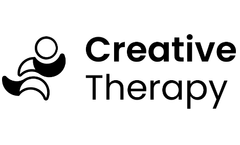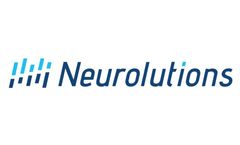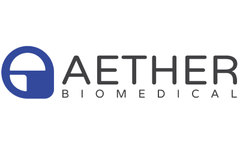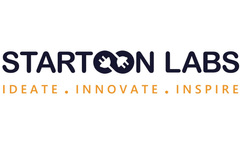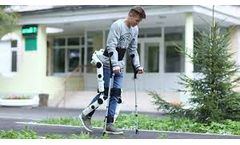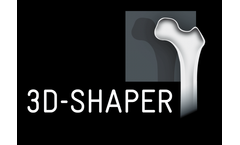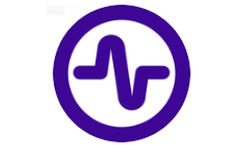Refine by
Upper Limbs Articles & Analysis
17 articles found
Clinical interventions in aging, 14, 1681-1691.) General upper limb activation Improve stability in the right wrist Regain self-confidence in own movement Regaining independence ...
The main goal during her therapy is to practise and stimulate targeted movements for both the upper and lower limbs. Throughout her therapy Tonia seems to respond well to Neuro-Developmental Treatment (NDT) and the accompanying facilitations. ...
About two-thirds of those that experience arm paralysis after stroke are unable to fully use their affected limb six months after stroke (1-3). Not having a fully functional arm and hand after a stroke is not only frustrating but also devastating to many individuals. ...
Many upper limb amputees seek out a bionic hand in hopes that it will help them perform daily tasks and increase their quality of life. ...
If you’re reading this, it’s likely that you’re in the market for a new prosthetic hand, and perhaps a bionic hand at that. In the age of technology, user reviews are a crucial component of the shopping process. After all, why try out a product if thousands of others have already deemed it insufficient? The same goes for prosthetic hands. Amputees want to hear from other users ...
It is used by the therapist both in the Clinical setting and at home. Pheezee is appropriate for upper limb, lower limb, and spinal cord evaluations. It is a useful tool for real-time monitoring and tracking of a patient's recovery. ...
Developments in 3D printing have changed the prosthetics game forever. Through additive and 3D manufacturing technology, bionic hands can be made more durable and affordable than ever, providing users the prostheses they deserve. Even beyond price and durability, 3D printing offers so much more - which is why the Zeus is made using 3D printing technology. But, we know that there are still ...
With this in mind, we’ll discuss the two primary types of upper limb loss seen in prosthesis users, as well as what patients should expect before and after amputation surgery. Limb loss can be a devastating adjustment for patients, especially depending on how the limb was lost. Limb loss most often ...
It is a dedicated biomechanical device for rehabilitation in case of lost or restricted mobility of limbs. Its operating concept is based on repeating the human motion biomechanics under proportional mitigation of the efforts required to make such. ...
IT improved distal pQCT-derived bone mineral density (BMD) of the upper limb (ND radius: total BMD = 8.55 ± 2.26% versus 1.50 ± 2.04%, p = 0.040 and trabecular BMD = 1.86 ± 0.90% versus -1.30 ± 0.81%, p = 0.029) and lower limb (ND tibia trabecular BMD = 1.22 ± 0.55% versus -0.82 ± 0.50%, p = 0.017), more ...
This wrist bracelet could be further developed as a tool to record dose of upper limb practice for research or clinical practice, as well as providing motivation and accountability to patients participating in treatments requiring upper limb movement repetitions. ...
Summary The transverse abdominis muscle or TrA can simply be described as the body’s natural corset It encircles the viscera attaching to the spine and the ribs, It creates a reflex contraction with each movement of the spine, It is less active in patients presenting chronic low back pain. Its interaction with many upper limb muscles makes it a ...
The feasibility of classifying FMG for grasp detection in populations with upper-extremity impairments, in the presence of upper-extremity movements, as would be expected in daily living, has yet to be established. ...
Click here for full article " Contralesional Brain–Computer Interface Control of a Powered Robotic Hand-Piece for Motor Recovery in Chronic Stroke Survivors" on AHA Journals - Stroke Abstract Background and Purpose— There are few effective therapies to achieve functional recovery from motor-related disabilities affecting the upper limb after stroke. ...
The upper part of the body makes up nearly two thirds of the body weight yet usually it is looked at as only being passively carried by the legs. Although the role of the upper limbs in walking is indeed secondary to that of the lower limbs, their movements are not purely passive. ...
This laboratory experiment examines the effect of four lifting and carrying task parameters: load weight; lifting frequency; vertical lifting distance; and obstructions en route and their interactions on the posture score measured using the rapid upper limb assessment (RULA) methodology. In this simulation study, four shop floor workers lifted weights in 27 ...
This will help managers and supervisors in a foundry to decide on the optimal working environment. The Rapid Upper Limb Assessment (RULA)-based biomechanics evaluation module of CATIA-V5 software is used for this purpose. ...

